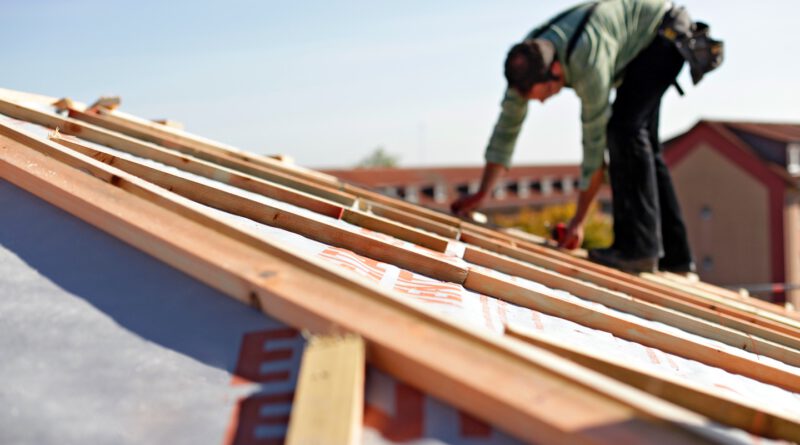What You Need to Know About Roofing Installation
Roofing Columbus GA installation is a complex job that requires a lot of expertise. It’s also a dangerous job, so it’s best to hire a professional who knows how to work safely.
The initial part of a new roof is the construction of the structure’s framework, called rafters and trusses. The trusses are fabricated in factories and craned onto the building site.
Shingles are a crucial part of roofing installation, as they protect your home from the elements and add to its resale value. They’re available in a variety of colors, shapes, and styles to suit your style and budget.
They also come in various thicknesses to fit different roofing applications. The most common type is the 3-tab shingle, but there are many other options to choose from.
If you’re unsure which shingles will work best for your roof, talk to your roofing dealer or contractor. They can help you decide which shingles are right for your home and what size they should be.
Once you’ve made a selection, calculate the number of shingles you need and purchase them accordingly. To do this, measure the length and width of each independent section of your roof. Next, divide the length by the width to get an area (this is usually measured in squares) and multiply it by three to get the number of shingles you need.
For example, if you have a roof that is 6,000 square feet, you’ll need to buy 4,000 shingles. Depending on the style you choose, you may need a few extras to fill the gaps.
When installing shingles, you need to take special care to ensure they don’t damage your roof deck or other materials beneath them. You’ll want to inspect your roof for rust, warping, or other problems before you start installing the new shingles.
You can also use a stiff-bristled broom to sweep away any miscellaneous debris before you begin work. This is important to prevent moisture from getting under the shingles, which can cause mold or rot and weaken your roof structure.
It’s also a good idea to check your roof for any dormer or other obstruction that could interfere with your shingle installation. If you’re working around a dormer, you might need to install one course of shingles above the obstacle. This will prevent the shingles from riding up on the flashing below, which could lead to leaks.
Before you lay the last shingle, set out two chalk lines to guide your placement. Snap them parallel to the valley and down its entire length, starting at the top of the valley and gently sloping outward at a quarter inch (3 mm) every 12 inches (300 mm).
Roofing underlayment is an essential component of roof installation and an integral part of your home’s overall stability and safety. It prevents moisture from entering your home’s attic and helps to protect the shingles on your roof from damage and deterioration.
Depending on the climate where you live, your underlayment needs will vary. You may need to choose a waterproof underlayment or one that is vapor permeable and breathable. Alternatively, you can use an underlayment that is made from rubberized asphalt or butyl-based adhesives on a peel-and-stick backing.
Underlayment is a membrane that is placed directly beneath shingles on a roof deck. This is an important part of the roofing process and is a necessary component for preventing moisture and mold from entering your home. It also protects your shingles from damage during harsh weather conditions and keeps them attached to the roof.
There are three main types of underlayment: felt underlayment, non-bitumen synthetic underlayment, and rubberized asphalt underlayment. The three are generally available in various weights and provide different levels of protection against water and snow.
Synthetic underlayments are the most popular type of roof underlayment. These materials are manufactured to be water-resistant and vapor-permeable, and they have many benefits over a felt underlayment, such as improved durability and resistance to rot and mold.


